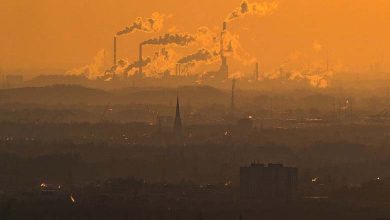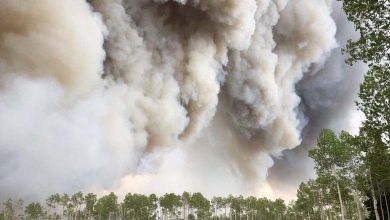Study – 58% of Infectious Diseases Worsened by Climate Hazards

Researchers have found that 218 diseases — or 58% of the 375 human infectious diseases — appear to be made worse by one of ten climate problems associated with climate change, according to a study published Monday by Nature Climate Change.
This is obviously not the first time that doctors have associated climate and health, but this study bears witness to the extent of the impact of the climate on human health.
In addition to looking at infectious diseases, the researchers looked at non-infectious issues like allergies, asthma and even animal bites to see how much they might associate with climate hazards. They identified 286 health problems, including 223 that were aggravated by climate hazards; nine others were reduced, and 54 were both reduced and worsened, according to the study.
The new study does not detail the association between health problems and climate change, but points to instances where extreme weather likely played a role.
“If the climate changes, the risk of these diseases changes summed up one of the study’s co-authors, Dr. Jonathan Patz, who directs the Institute for Global Health at the University of Wisconsin in Madison.
Physicians like Dr. Patz say they need to see disease as symptoms of a sick planet.
“The conclusions of this study are terrifying and illustrate the enormous consequences of climate change on human pathogens responded Dr. Carlos del Rio, an infectious disease specialist from Emory University who did not participate in this study. Those of us who work in infectious disease and microbiology need to make climate change a priority and we all need to work together to avoid what will undoubtedly be a catastrophe due to climate change.»
The study’s lead author, Camilo Mora, who analyzes climate data at the University of Hawaii, stressed that the study does not predict the future.
“There is no speculation at all he said. These are things that have happened before.»
About five years ago, floods engulfed Mr. Mora’s home in the Colombian countryside for the first time he can remember. A mosquito then transmitted the virus to him chikungunya and he still feels joint pain many years later.
Mora also cites as an example a 2016 anthrax outbreak in Siberia, when melting permafrost exposed the carcass of a reindeer that had succumbed to the disease. All it took was a child touching it for the disease to begin to spread.
In the case of COVID-19, Mora and his colleagues have found that a heat wave can exacerbate the problem (when people gather where you can cool off), but downpours can stem it (by forcing people to stay at home).
While some experts have raised doubts about the study authors’ findings and methodology, others—such as Dr. Aaron Bernstein, acting director of the Center for Climate, Health, and the Global Environment at the School of Health from Harvard University ― believe this is a good warning about climate and health, especially at a time when global warming and habitat loss are bringing animals and their diseases closer to humans, said Dr Bernstein.
“This study shows that climate change could have some very bad infectious surprises in store for us, he said by email. But of course, it’s only talking about what we already know, and what we don’t yet know about pathogens may well highlight even more the importance of fighting climate change to avoid future disasters like COVID. -19.»












